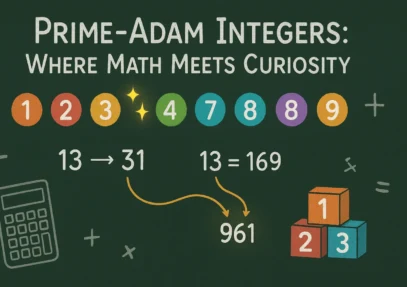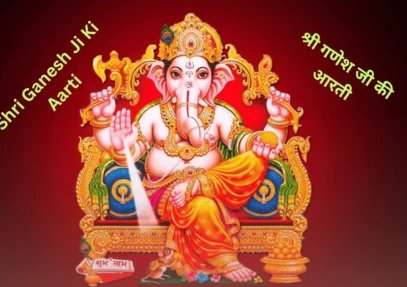What is the Higgs boson particle?
Fluid mechanics plays a critical role in mechanical engineering, with applications spanning a wide range of industries and technologies. Here are key applications: Design and Analysis of Machinery Hydraulic Machines: Fluid mechanics principles are used to design pumps, turbines, and hydraulic presseRead more
Fluid mechanics plays a critical role in mechanical engineering, with applications spanning a wide range of industries and technologies. Here are key applications:
- Design and Analysis of Machinery
- Hydraulic Machines: Fluid mechanics principles are used to design pumps, turbines, and hydraulic presses.
- Compressors and Fans: The study of fluid dynamics helps optimize the performance of compressors, blowers, and fans.
- Automotive and Aerospace Engineering
- Aerodynamics: Designing vehicles and aircraft to minimize drag and optimize fuel efficiency.
- Engine Cooling Systems: Ensuring proper heat dissipation using fluids in radiators and cooling systems.
- Brake Systems: Hydraulic brakes rely on fluid mechanics for efficient force transmission.
- Thermal Systems
- Heat Exchangers: Efficient design of heat exchangers for power plants, HVAC systems, and chemical processing.
- Refrigeration and Air Conditioning: Understanding fluid flow in refrigerants and cooling circuits.
- Energy Sector
- Hydroelectric Power Plants: Turbine design and flow optimization for generating electricity from water.
- Oil and Gas Industry: Pipeline design, fluid transport, and reservoir management.
- Manufacturing Processes
- Casting and Molding: Understanding fluid flow during the filling of molds.
- Lubrication: Analysis of fluid film behavior in bearings and machine components.
- Environmental and Civil Engineering
- Water Supply and Drainage Systems: Designing pipes and channels for efficient water distribution.
- Flood Control: Managing fluid flow in dams and levees.
- Robotics and Automation
- Hydraulic and Pneumatic Systems: Powering robotic arms and automation tools with precise fluid control.
- Biomedical Applications
- Fluid Flow in Prosthetics: Designing systems that simulate blood flow or fluid movement.
- Medical Devices: Analyzing fluid flow in devices like ventilators and dialysis machines.
- Research and Development
- CFD (Computational Fluid Dynamics): Simulating and analyzing fluid behavior for innovative solutions.
- Testing and Validation: Experimental studies in wind tunnels or water flow chambers.
By applying fluid mechanics principles, mechanical engineers can design systems and solve problems involving fluid behavior, improving efficiency, safety, and performance across industries.
See less






The Higgs boson is an elementary particle in the Standard Model of particle physics, often referred to as the "God particle." It plays a crucial role in explaining why other particles have mass. Here's a breakdown of its significance: 1. The Higgs Field: The Higgs boson is associated with the HiggsRead more
The Higgs boson is an elementary particle in the Standard Model of particle physics, often referred to as the “God particle.” It plays a crucial role in explaining why other particles have mass. Here’s a breakdown of its significance:
1. The Higgs Field: The Higgs boson is associated with the Higgs field, an invisible energy field that permeates the entire universe. According to the Standard Model, this field is responsible for giving mass to elementary particles.
2. Mass Acquisition: When particles interact with the Higgs field, they acquire mass. The more strongly a particle interacts with the field, the more massive it becomes. Particles that do not interact with the Higgs field, like photons, remain massless.
3. Higgs Boson as Evidence: The Higgs boson is the quantum excitation of the Higgs field, meaning it is the particle form of the field. Its discovery provided direct evidence that the Higgs field exists and operates as theorized.
4. Discovery: The Higgs boson was discovered in 2012 by scientists at the Large Hadron Collider (LHC) at CERN. This discovery confirmed the mechanism that explains how particles acquire mass, a cornerstone of the Standard Model.
5. Nobel Prize: The discovery of the Higgs boson led to the awarding of the Nobel Prize in Physics in 2013 to François Englert and Peter Higgs, who had proposed the existence of the Higgs mechanism independently in the 1960s.
The Higgs boson is a fundamental particle that confirms the mechanism by which particles acquire mass, thus playing a critical role in our understanding of the universe’s fundamental structure.
See less